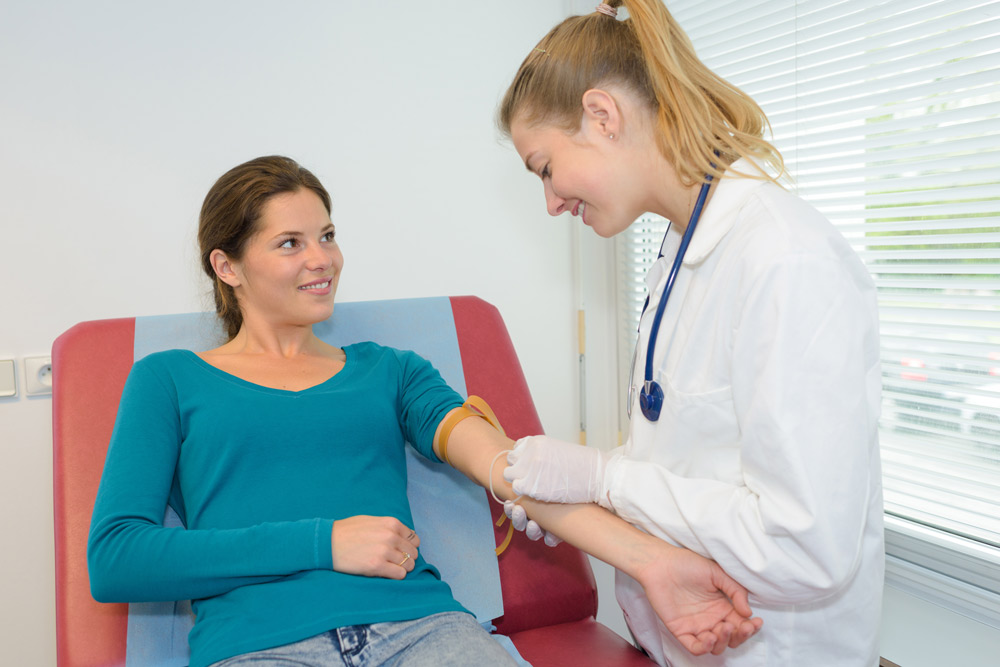
essential Requirements for Phlebotomy Certification: Your Complete Guide to Starting a Healthcare Career
Embarking on a career in healthcare as a certified phlebotomist is a rewarding pathway that combines patient care, technical skills, and the significant role of specimen collection. if you’re interested in becoming a certified phlebotomist, understanding the essential requirements is crucial for laying a strong foundation for your career. In this comprehensive guide, we’ll cover all the vital aspects – from educational prerequisites to certification processes, practical tips, and how to kickstart your journey in the healthcare industry.
Introduction
The healthcare industry relies heavily on skilled professionals who ensure accurate laboratory testing and patient diagnostics. Phlebotomy, the practice of drawing blood for tests, transfusions, research, or donations, is a essential part of this process. As a potential phlebotomist, you need to meet certain educational, legal, and practical requirements to attain certification and successfully enter the field.
Educational Requirements for Phlebotomy Certification
High School Diploma or Equivalent
Most states and certification programs require applicants to have at least a high school diploma or GED (General Educational Development) certificate. This serves as the basic educational foundation necessary for understanding the technical and procedural aspects of phlebotomy.
Mandatory Coursework and Training
While a high school diploma is frequently enough the minimum, completing specialized training considerably boosts your competence and employability. Many community colleges, vocational schools, and online programs offer phlebotomy certification courses that include:
- Human anatomy and physiology
- Blood collection techniques
- Safety protocols and infection control
- Patient interaction and interaction skills
- Laboratory procedures and handling specimens
Accredited Phlebotomy Training Programs
Choosing an accredited training program is essential to ensure the education meets industry standards. Look for programs approved by agencies like the National Accrediting Agency for Clinical Laboratory Sciences (NAACLS) or other state-recognized bodies. These programs typically span from few weeks to months and prepare you for certification exams.
Legal and Certification Eligibility Requirements
Age and Background Checks
Most states require applicants to be at least 18 years old to work as a phlebotomist.Additionally, a clean criminal background check might be necessary, especially for certification and employment purposes.
CPR Certification
Many certification programs and employers require candidates to hold a current CPR (Cardiopulmonary Resuscitation) certification. This ensures you can respond effectively to medical emergencies while working with patients.
Minimum Number of Clinical hours
Hands-on clinical experience is vital. Accredited training programs typically include supervised blood collection practice, accumulating between 40 to 120 hours, depending on the program and state requirements.
Certification Process and Requirements
Choosing the Right Certification
Several reputable organizations offer phlebotomy certification, including:
- National Phlebotomy association (NPA)
- American Society for Clinical Pathology (ASCP)
- National Healthcareer Association (NHA)
Certification Examination
To obtain certification, candidates must pass a written exam covering blood collection procedures, safety, patient interaction, and laboratory principles. Planning can include practice tests, review courses, and studying certification handbooks.
Renewal and continuing Education
Most certifications require renewal every 2-3 years, which involves completing continuing education hours and paying renewal fees. Staying current with industry standards enhances your skills and job prospects.
Critically important Tips for Aspiring Phlebotomists
- Research State-Specific Requirements: Certification and licensing requirements can vary by state. Confirm your state’s regulations before enrolling in a program.
- Gain Practical Experience: Hands-on practice during training is invaluable. Seek internships or externships if available.
- Develop Strong Patient Skills: Compassion, communication, and patience are crucial traits for working effectively with diverse patients.
- Maintain Professionalism: Wearing appropriate attire, practicing hygiene, and adhering to safety protocols reflect your commitment to patient care.
- stay Informed: Keep up with evolving industry standards through workshops, seminars, and professional associations.
Case Study: From Certification to Successful Career
| Step | Action | Outcome |
|---|---|---|
| 1 | Completed accredited phlebotomy training and clinical hours | Gained practical skills and confidence in blood collection techniques |
| 2 | Obtained certification from recognized organization (e.g., NHA) | Validated professional competence and improved employability |
| 3 | Secured entry-level position in a hospital outpatient lab | Started valuable hands-on experience and professional growth |
First-Hand Experience: what Really Matters
Many successful phlebotomists highlight the importance of patience, attention to detail, and compassionate patient interactions. Remember, each blood draw can be different-some patients are anxious or uncooperative, and your ability to reassure and support them is just as important as technical skill.
Benefits of Getting Certified in Phlebotomy
- High Employment Rate: Certified phlebotomists are in demand across hospitals, clinics, blood banks, and laboratories.
- entry-Level Versatility: Many positions are accessible with minimal experience, making it ideal for new entrants in healthcare.
- Good Earning Potential: Starting salaries are competitive in the healthcare industry, with room for advancement.
- Pathway to healthcare Careers: Certification can serve as a stepping stone toward advanced roles such as medical laboratory technician or nurse.
Conclusion
Starting a career in healthcare through phlebotomy is both accessible and rewarding when you understand the essential requirements for certification. From meeting educational prerequisites to gaining hands-on experience and obtaining the right credentials, each step prepares you for a successful journey in patient care and laboratory testing. Remember to research your state’s specific regulations, choose accredited training programs, and continuously develop your skills. With dedication and proper guidance, becoming a certified phlebotomist can be your first step toward a fulfilling healthcare career, making a meaningful difference in patients’ lives every day.